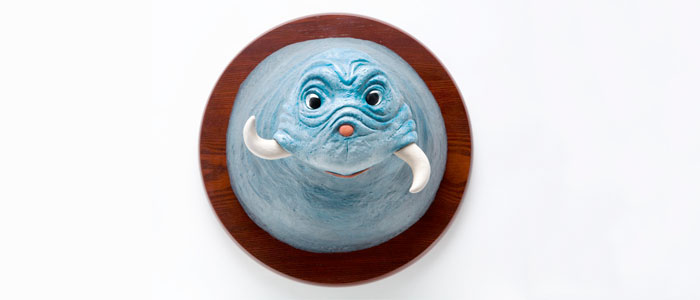Relevant secured piece in the Huffington Post in support of the new Dr. Seuss Exhibition
Relevant is pleased to have secured this piece in the Huffington Post in support of the new Dr. Seuss Exhibition “IF I RAN THE ZOO”
A major PR hit for the exhibition. Major. The verified audience metric for this piece in the Huffington Post is over 31 million unique visitors: specifically: 31,021,260 Million unique visitors per month. It is written by Priscilla Frank, the Arts & Entertainment editor for the Huff Post.
Reprinted from Huffington Post
Dr. Seuss Was Into Taxidermy, In The Most Seussical Possible Way
For those who’ve never seen a The Two-Horned Drouberhannis or a Goo-Goo-Eyed Tasmanian Wolghast in the flesh.
Taxidermy refers to the timeless art of preparing, stuffing and displaying the skins of animals. Normally such animals include moose, deer, and the occasional kitten wedding, but every once and a while you can spot a rare breed, especially if Dr. Seuss is involved.
You might not have known that one Theodor Seuss Geisel, better known as Dr. Seuss, had a soft spot for deconstructing vertebrates. Indeed, the iconic illustrator and storyteller toyed with the sculptural tradition of taxidermy to immortalize the manifold rare creatures born of his own imagination, including the Kangaroo Bird, The Two-Horned Drouberhannis, and the Goo-Goo-Eyed Tasmanian Wolghast.
While Seuss’ sculptures are not actually taxidermic in the traditional sense, he was known to incorporate genuine animal beaks, antlers, horns, lion’s teeth, rabbit ears, and turtle shells into his hybrid creations. The three-dimensional models are extracted from Seuss’ two-dimensional drawings of the sleepy-eyed, twisty-limbed, fantastical species that emerged from the jungle of his mind.
In a 1957 interview with The Saturday Evening Post, Seuss admitted the reason his animal kingdom so ingeniously defied the laws of nature was quite simple: “I just never learned to draw.”
His wife at the time, Helen, confirmed, adding “Ted never studied art or anatomy,” explains Helen. “He puts in joints where he thinks they should be. Elbows and knees have always especially bothered him.”
Around 80 years after Seuss’ motley menagerie came into being, the 17 sculptures will be displayed together for the very first time. An exhibition called “If I Ran The Zoo” will celebrate these uncanny beasts in their drawn and sculpted forms, continuing to spread the magic of the late and great Dr. Seuss.
“If I Ran The Zoo” will run from Nov. 11–27, 2016, at LaMantia Fine Art Gallery in New York.


Comments are closed.